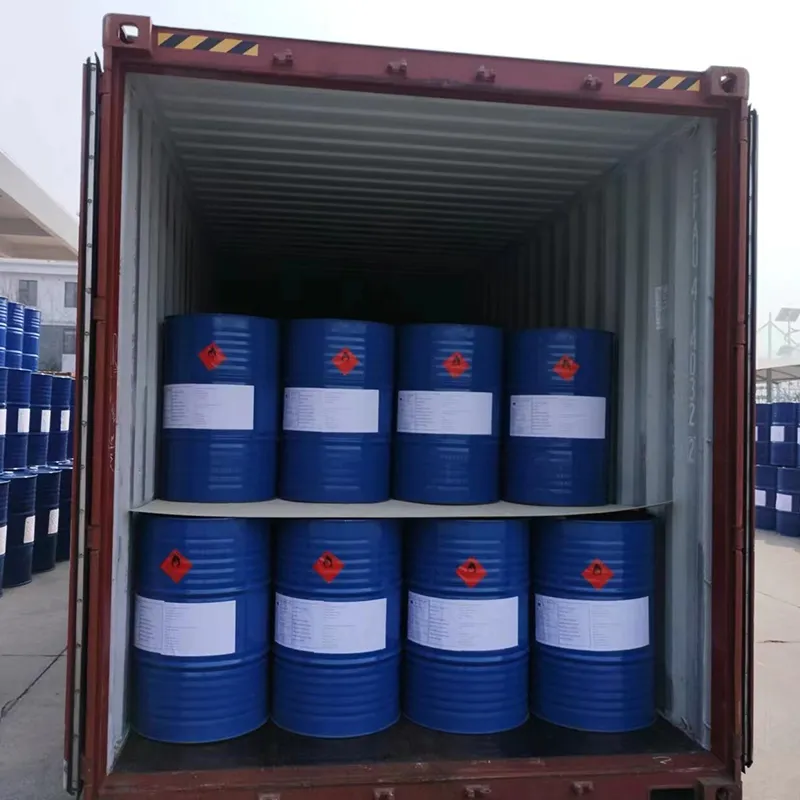
cal mag fertilizer
Understanding Calcium and Magnesium Fertilizers A Comprehensive Overview
Calcium and magnesium are essential nutrients that play a vital role in plant health and growth. Both of these elements are crucial for various physiological processes within plants, including photosynthesis, enzyme activity, and overall cellular structure. This article will explore the significance of calcium and magnesium fertilizers, their benefits, how to apply them, and what to consider when using these fertilizers in your garden or agricultural practices.
The Importance of Calcium and Magnesium
Calcium (Ca) is primarily responsible for maintaining the structural integrity of plant cells. It helps in the formation of cell walls and is involved in the regulation of various metabolic processes. Deficiency in calcium can lead to issues like blossom end rot in tomatoes and tip burn in lettuce, which not only affects appearance but also impacts the yield and health of the crops.
Magnesium (Mg) is an essential component of chlorophyll, the pigment responsible for photosynthesis. Without sufficient magnesium, plants cannot efficiently convert sunlight into energy, leading to stunted growth and poor yield. Symptoms of magnesium deficiency often appear as interveinal chlorosis, where the areas between the leaf veins turn yellow while the veins themselves remain green.
Benefits of Using Calcium and Magnesium Fertilizers
1. Improved Plant Structure By providing sufficient calcium, plants develop stronger cell walls, which contributes to improved overall structure and resilience against diseases and pests.
2. Enhanced Photosynthesis Magnesium is a critical element in chlorophyll synthesis. Adequate magnesium levels help ensure optimal photosynthesis, consequently boosting growth and productivity.
3. Soil pH Regulation Calcium tends to improve soil structure, reducing compaction and enhancing aeration. This can also help in maintaining a balanced soil pH, which is vital for nutrient availability.
4. Microbial Activity Both calcium and magnesium promote a healthy microbial ecosystem in the soil, which is essential for nutrient cycling and overall soil health.
5. Improved Crop Quality With the right levels of these nutrients, plants can produce higher-quality fruits, vegetables, and flowers, leading to better marketability and returns for growers.
Application Methods
cal mag fertilizer

When applying calcium and magnesium fertilizers, it’s crucial to choose the right type and method based on soil testing and specific crop requirements. Here are some common ways to apply these fertilizers
1. Soil Amendments Lime is a well-known source of calcium, while dolomitic lime supplies both calcium and magnesium. These can be tilled into the soil before planting.
2. Fertilizer Granules There are many commercial fertilizers available that contain both calcium and magnesium in granular form, allowing for easy application during planting or as a side-dress later in the growing season.
3. Liquid Fertilizers Foliar feeding with liquid fertilizers containing calcium and magnesium can provide quick nutrient uptake and address deficiencies that may arise during critical growth stages.
4. Controlled-Release Fertilizers These fertilizers release nutrients gradually, helping to maintain consistent nutrient levels in soil over time.
Considerations When Using Calcium and Magnesium Fertilizers
1. Soil Testing Before applying fertilizers, conduct a soil test to determine existing nutrient levels and pH. This will help tailor your fertilizer application for optimal results.
2. Crop Needs Different crops have varying requirements for calcium and magnesium. Understanding the specific needs of the plants you are growing is essential for making informed decisions.
3. Balanced Nutrient Application It’s important to ensure a balanced application of nutrients. Excessive amounts of calcium can interfere with the uptake of magnesium and other nutrients.
4. Timing Timing the application is crucial. For instance, applying calcium during the development of flowering and fruiting crops can help prevent disorders such as blossom end rot.
Conclusion
In conclusion, calcium and magnesium fertilizers are invaluable for promoting plant health and ensuring optimal growth. By understanding the roles these nutrients play and how to effectively apply them, gardeners and farmers can significantly enhance their crop yields and quality. Investing time in soil testing and understanding specific crop requirements will lead to more effective fertilization strategies, ultimately contributing to a thriving agricultural ecosystem.
-
Pure Sodium Dichloroisocyanurate Dihydrate | Powerful DisinfectantNewsAug.29,2025
-
Industrial Chemicals: Quality & Purity for Every IndustryNewsAug.28,2025
-
Nitrile Rubber Honoring Strict Production StandardsNewsAug.22,2025
-
Aspartame Ingredients Honoring Food Safety ValuesNewsAug.22,2025
-
Fertilizer for Balanced Plant NutritionNewsAug.22,2025
-
Cyanide Gold Processing with High Purity AdditivesNewsAug.22,2025
-
Formic Acid in Textile Dyeing ApplicationsNewsAug.22,2025
Hebei Tenger Chemical Technology Co., Ltd. focuses on the chemical industry and is committed to the export service of chemical raw materials.
-

view more DiethanolisopropanolamineIn the ever-growing field of chemical solutions, diethanolisopropanolamine (DEIPA) stands out as a versatile and important compound. Due to its unique chemical structure and properties, DEIPA is of interest to various industries including construction, personal care, and agriculture. -

view more TriisopropanolamineTriisopropanolamine (TIPA) alkanol amine substance, is a kind of alcohol amine compound with amino and alcohol hydroxyl, and because of its molecules contains both amino and hydroxyl. -

view more Tetramethyl Thiuram DisulfideTetramethyl thiuram disulfide, also known as TMTD, is a white to light-yellow powder with a distinct sulfur-like odor. It is soluble in organic solvents such as benzene, acetone, and ethyl acetate, making it highly versatile for use in different formulations. TMTD is known for its excellent vulcanization acceleration properties, which makes it a key ingredient in the production of rubber products. Additionally, it acts as an effective fungicide and bactericide, making it valuable in agricultural applications. Its high purity and stability ensure consistent performance, making it a preferred choice for manufacturers across various industries.





